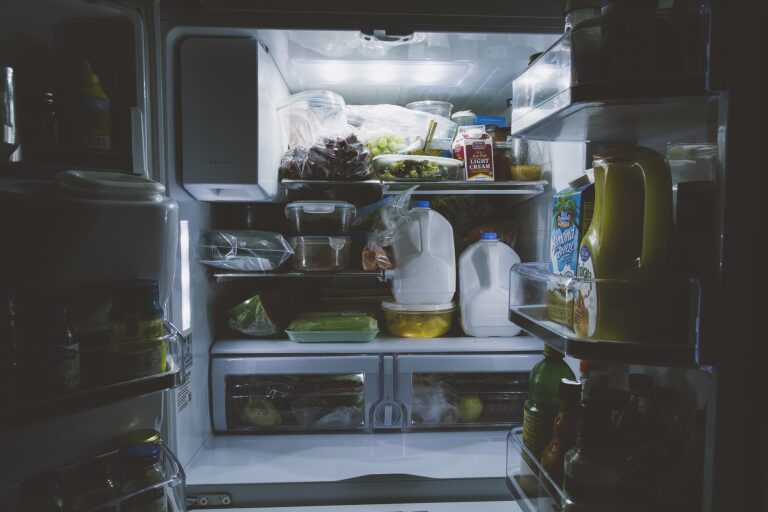What are CFCs and why are they bad for the environment?

CFCs- also known as chlorofluorocarbons are a form of halogenoalkanes which were once used as coolants, propellants for aerosols, or solvents for dry cleaning or degreasing products. They were incredibly useful due to their non-toxic and non-flammable properties and were therefore once thought to be brilliant solutions for such products. However, as in many cases when we can’t predict future consequences of products, it turns out that these CFCs are actually incredibly harmful to our environment. Funnily enough, it was the very ‘famous’, most dangerous chemist: Thomas Midgley Jr who ‘introduced the world to both leaded gasoline and chlorofluorocarbons (CFCs)’ , which are possibly two of the most harmful compounds imaginable – his reputation as most dangerous was certainly well earned! With the rapid rate at which climate change is worsening; the recent events at COP26; and the rise of our own generation of ‘eco warriors’ it is important to discuss all topics related to our environment- even in the cleaning industry! In today’s blog post, we will be discussing why CFCs should have never been invented!
What are their effects on the environment:
Essentially, these CFCs deplete the ozone layer which is essential for managing the Earth’s exposure to UV rays. Chlorine radicals break down ozone 1500 times faster than oxygen radicals do and so, they rapidly break down our ‘blanket of protection’. This layer protects us in a number of ways and depletion of it can cause increased risk of some horrific health problems such as skin cancer or cataracts. Therefore it was essential to stop the use of CFCs as soon as possible. Finally, a hole in the ozone layer in 1985 led to a start in the global ban of CFCs.
The science behind it?
For those more interested in the scientific side of things, and for the A-level students trying to revise for their exams, we have attached a simplified example of how CFCs break down the ozone layer. Essentially, a chlorine free radical (very reactive chlorine atom) is formed from the division of chlorine by UV light. This free radical reacts with ozone (O3) to produce chlorine monoxide and oxygen.
What has been done to help?
Prof Sherry Rowland first investigated the stability of CFCs in the early 1970s. The link between ozone destruction and CFCs in the stratosphere soon became apparent. This led to the formation of the Montreal Protocol which essentially meant all countries who signed it would ban the use of CFCs. Today, the use of CFC-containing products is banned in approximately 197 countries, instead, products contain similar- but less damaging- compounds including: hydrochlorofluorocarbons (hcfcs) such as chlorodifluoromethane and hydrofluorocarbons such as trifluoro methane. Despite being slightly less damaging than CFCs, they are unfortunately still not good enough. These gases are also greenhouse gases and can destroy the ozone layer- just at a lower rate than CFCs. Hopefully one day, maybe one of the A-level students potentially reading this very article, will find a substitute for these that won’t harm the environment for future generations!
